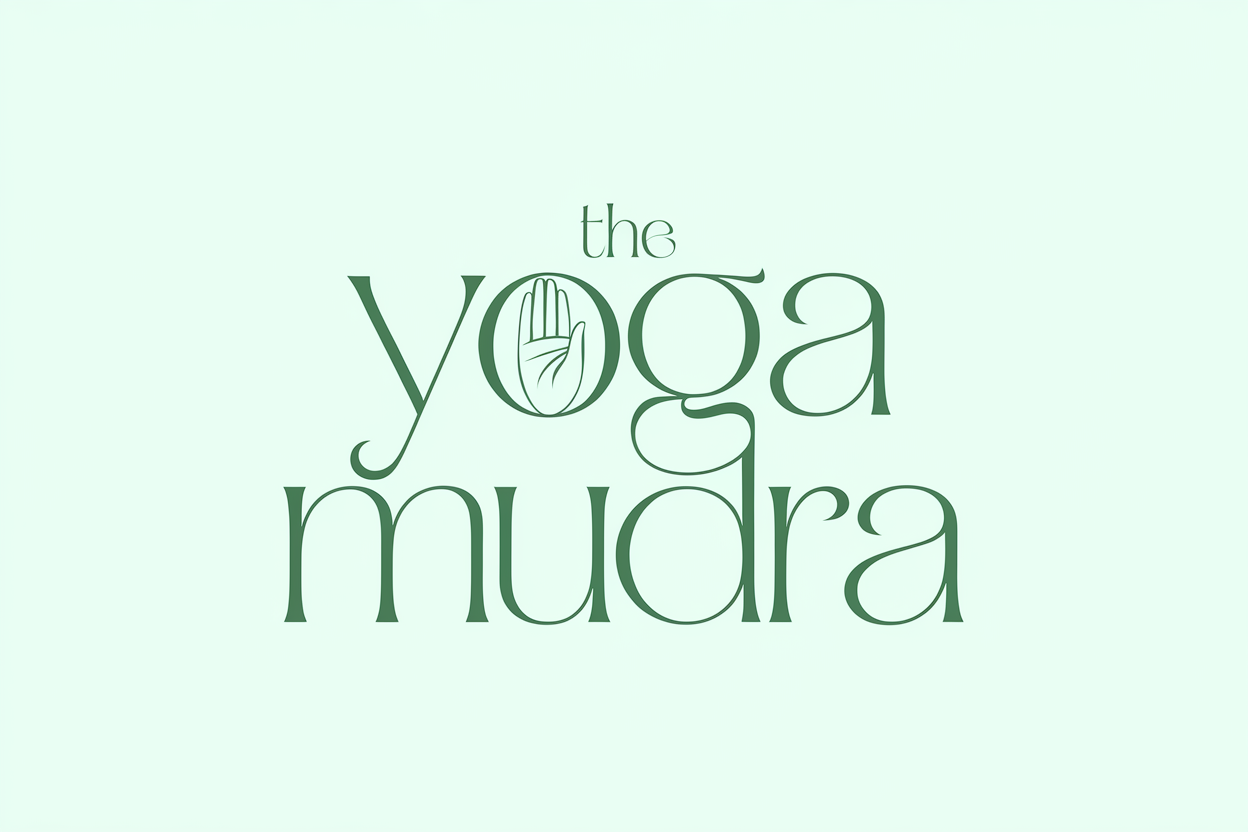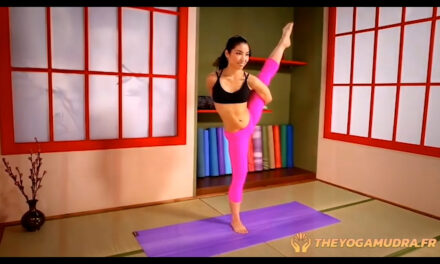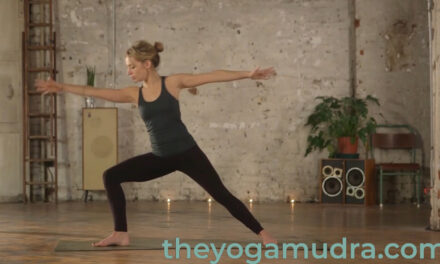Standing Forward Bend (Uttanasana)
Introduction
Uttanasana, also known as Standing Forward Bend, is a fundamental yoga posture that combines intensive stretching with deep relaxation. This seemingly simple asana offers numerous benefits on both physical and mental levels.
Sanskrit Meaning
- « Ut » means « intense » or « powerful »
- « Tan » means « stretch » or « extend »
- « Asana » means « posture »
Physical Benefits
- Deep stretch of the entire posterior chain (hamstrings, back muscles, calves)
- Strengthening of knees and hips
- Improved blood circulation, especially to the brain
- Stimulation of abdominal organs, promoting better digestion
- Relief from lower back tension
- Strengthening of the spine and improved flexibility
- Reduction of sciatic pain
Mental and Energetic Benefits
- Calming of the nervous system
- Reduction of stress and anxiety
- Improved concentration
- Stimulation of the root chakra (Muladhara)
- Increased vital energy
- Development of body awareness
Detailed Technique
Starting Position:
- Stand with feet parallel, hip-width apart
- Keep the spine straight and shoulders relaxed
- Ground your feet firmly into the floor
Execution:
- On an exhale, slowly bend forward from the hips
- Keep legs active, slightly bent if needed
- Let the upper body completely relax
- Arms can hang freely or hold the elbows
- Head is relaxed, neck elongated
Important Alignments:
- Maintain balanced weight between the front and back of the feet
- Keep hips aligned above ankles
- Avoid locking the knees
- Release tension in neck and shoulders
Breathing:
- Maintain deep and regular breathing
- Inhale to lengthen the spine
- Exhale to deepen the fold
Discover the power of yoga to transform your body, calm your mind, and redefine your daily life — even if you're just starting today.
Dive into an inner journey with this complete and gentle book, designed to introduce you to yoga in a simple and authentic way. Accessible to all, rich in ancestral techniques and practical advice, it helps you cultivate strength, serenity, and mental clarity in your daily life. Let yoga return to what it has always been: a philosophy of life, within your reach.
Variations and Modifications
For Beginners:
- Bend knees slightly
- Use yoga blocks under hands
- Practice against a wall for stability
Advanced Versions:
- Straight legs
- Hands flat on the floor
- Holding ankles or clasping hands behind calves
Precautions and Contraindications
Avoid this posture if you have:
- Acute disc herniation
- Serious back problems
- Uncontrolled hypertension
- Glaucoma
- During early pregnancy
Practice Tips
- Always warm up your back before practice
- Enter and exit the pose slowly
- Respect your body’s limits
- Hold the pose for 30 seconds to 3 minutes
- To exit, roll up vertebra by vertebra keeping the abdomen engaged
Integration in Practice
Uttanasana is commonly practiced:
- In sun salutations
- As a transition between standing poses
- As preparation for seated forward bends
- As a recovery pose
- At the end of practice for centering
Key Teaching Points
- Observe hip alignment
- Check weight distribution in the feet
- Encourage upper body relaxation
- Adapt the pose according to student levels
- Offer appropriate variations
Conclusion
While seemingly simple, this pose requires particular attention to alignment and respect for bodily sensations. With regular and mindful practice, Uttanasana becomes a valuable source of physical and mental well-being, perfectly representing the union of body and mind sought in yoga.






